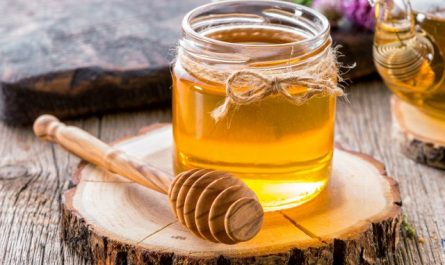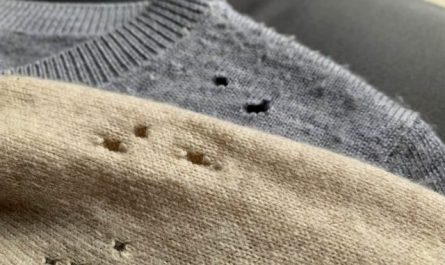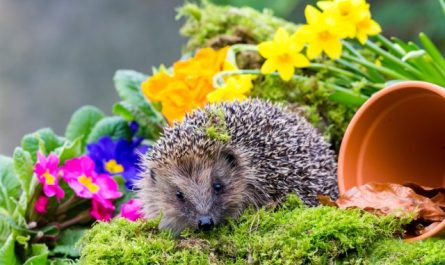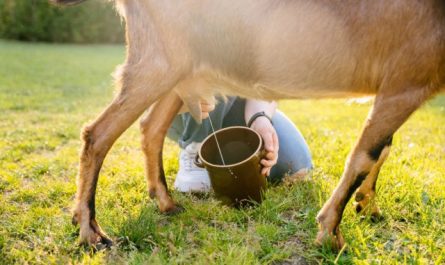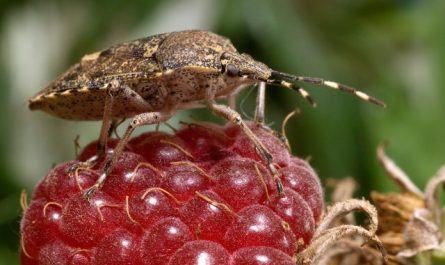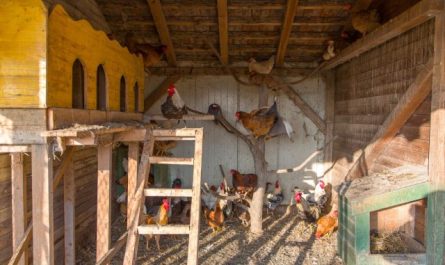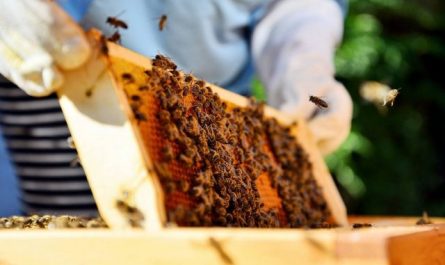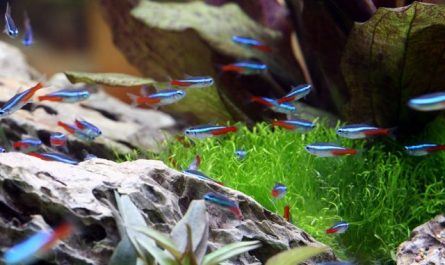Long-eared goats have become very popular in recent years. The Nubian breed has spread to almost every corner of the world. What is so interesting about it and why is it gaining more and more attention? Do Nubian goats really produce rivers of ice cream-cream milk? Do they have any disadvantages? Today we will answer all these questions in detail and honestly talk about the pros and cons of the breed.

History of the breed
Nubian goats are considered to be among the most ancient, and there is some truth to this. The breed was developed using goats from Nubia, a historical region in Africa (now the territory of Sudan). There are suggestions that African Nubian goats have been used in farming for at least 9,5 thousand years.
But the modern breed is the result of the work of English breeders. African goats came to England in the 19th century. Then, by crossing them with local animals, the Anglo-Nubian breed was bred. It is assumed that it is a mixture of many eastern long-eared breeds, but there is no exact data.
Gradually, Anglo-Nubian goats spread around the world. They gained the greatest popularity in the USA, Great Britain, North Africa, and the arid regions of Australia. The breed was brought to Russia from the USA only in the 2000s. It aroused great interest among goat breeders in our country, but ultimately received mixed reviews.
Appearance of Nubian goats
Beauty and grace are the features that cannot be taken away from this breed. The goats look very unusual and always become the main decoration of the farm. Of course, the main feature of Anglo-Nubian goats is their long hanging ears. At first, when the breed first appeared in the country, the long ears of the animals caused genuine interest. But then this feature ceased to stand out much due to the appearance of other eastern breeds, whose ears are two or even three times longer. Long wide ears are primarily an adaptation for survival in a hot, dry climate. They participate in thermoregulation, helping the animals to cool down.

Another distinctive feature of Nubian goats is their hump-nosed appearance. In females, the hump is a certain highlight, it is not too prominent, but still gives the goat a slight oriental flavor. In males, the nose can be quite humped. Many goat breeders like this unusual feature, but not all. However, Anglo-Nubian goats are not as hump-nosed as Bitals or Shami, for example. In the Nubian breed, breeders managed to find a “golden mean” between an unusual highlight and an overly pronounced hump-nosed appearance, which is dangerous for the health of the animals.
The goats are large and stately. The average height at the withers of females is 70-75 cm, males – 80-85 cm. The live weight of male goats can reach 60-80 kg, female goats – about 45 kg. The goats are long-legged, with a delicate dense constitution, characteristic of the dairy type of productivity. The animals have a thin and fairly light skeleton, the muscles are dense, but not pronounced.

The females can often appear too thin. In fact, it is normal for Nubians to look slender. They have a fairly narrow pelvis and the kids are quite large. Because of this, lambing can be very difficult. In most cases, Nubians need the help of a goat breeder during lambing.
There is a common misconception that all Nubian goats are born with horns. Sometimes this does happen. However, female goats can be born polled, but male goats are usually horned.
The Anglo-Nubian breed is based on African goats from arid regions, so it is perfectly adapted to hot climates. Animals have very short fur, the hair is thin and sparse. Colors can be varied. The most common are brown, brown, red and black with variegated shades and spots on the head, body and legs.
Milk productivity
When the Nubian breed first appeared in Russia, it was positioned as the best for milk production. But in reality, this turned out to be far from true. Anglo-Nubian goats generally have a meat and dairy productivity direction, so they are evaluated from the point of view of obtaining both milk and meat. But although they were originally bred as meat and dairy, today most lines of the breed are positioned as exclusively dairy.

The average daily milk yield at the peak of lactation can be about 3,5 liters. On average, goats produce no more than 900 liters of milk per lactation. But there are also record figures. The best representatives of the Nubian breed produced up to 8,3 liters of milk per day, and the milk yield per lactation reached 2500 kg.
Genetics greatly influences the milk yield of goats. The Nubian breed itself is not a guarantee of high productivity. Among the representatives of the breed there are both record holders and “simply beautiful and fashionable” goats that give no more than a liter of milk per day, and sometimes even less.
The undeniable advantage of Nubian goats is the correct shape of the udder and its good high attachment. These advantages are characteristic, perhaps, of all representatives of the breed. In addition, Nubians have the correct shape and convenient length of nipples. They are convenient to milk not only by hand, but also with a milking machine. They also have a fairly fast milk flow. Due to all the listed factors, Nubian goats suffer from mastitis much less often than representatives of other popular dairy breeds.
And the main advantage of Nubians is the ice cream-cream taste and high fat content of milk. Nubian goats give really very tasty milk. The average fat content in it is 4-4,2%. But here it is worth noting one nuance. The higher the milk yield, the lower the fat content. This is an absolutely normal phenomenon. And vice versa, the lower the milk yield, the more fat in the milk.

As for the ice cream taste, there may also be exceptions. The taste of milk itself depends greatly on the quality of feeding, the physiological state of the goat, and the stage of lactation. Genetic and breed predisposition in this matter are far from the first places. One way or another, many breeders of the Nubian breed confirm that the milk of these goats is the most delicious.
Features of maintenance and feeding
African long-eared goats are perfectly adapted to the dry and hot climate of eastern countries. But cold and high humidity are completely unsuitable conditions for the Nubian breed. Although many goat breeders claim that Nubians have already acclimatized in many regions of Russia, in reality this is an extremely dubious statement.

Nubian goats are really afraid of the cold. They have short and not very thick wool. In winter, they quickly freeze during a walk. Long hanging ears can even get frostbite at too low temperatures. But if kept in a warm goat house and walked in warm blankets, eared goats will feel great.
A big problem with Nubians is their sensitivity to dampness and drafts. They quickly get sick in such conditions, most often they have problems with the respiratory system. Nubian goats are “sissies” that require a warm, clean and dry place. If you do not provide them with such comfort, they will decrease productivity and get sick.

Different individuals may behave unpredictably when feeding. Some will sweep away everything they see, while others will be picky and will not eat anything at all, except for their favorite apples, for example. Many goat breeders believe that most Nubian goats are very picky when it comes to feeding. However, for good productivity, the animals simply need a complete, varied diet. There are no special requirements for feeding Nubians; they eat the same as any other goats.
Pros and Cons of the Nubian Breed
pros
- Good milk production.
- Ice cream-cream taste and high fat milk content.
- Tolerance to dry, hot climates.
- Friendliness towards people, sociability, affectionateness and activity.
- Unusual appearance, beauty and grace with a touch of oriental flavor.
Cons
- Weak resistance to cold, high humidity and drafts.
- Heavy lambing.
- Stubborn, jealous and aggressive character towards other animals and goats. If there is a Nuibika in a “mixed” herd, it is very likely that she will be the one to provoke fights or be the main one in the herd.
- Picky about feeding in most cases.
- The price of purebred female and male goats is high, while the milk production of adult animals may not be pleasing.
